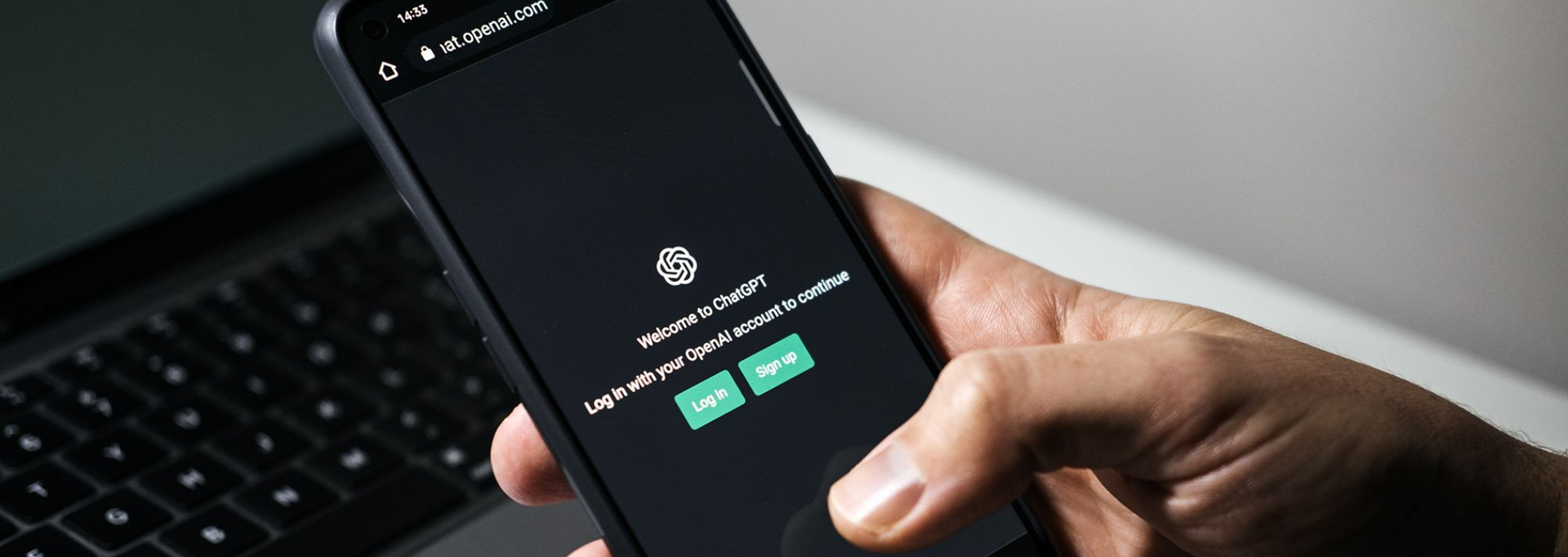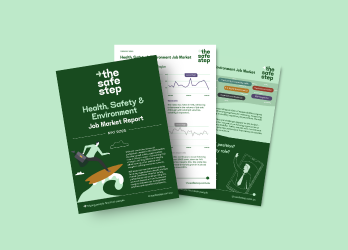How to Get the Most Out of Your ChatGPT Query as a Safety Professional
Page Published Date:
May 29, 2023

ChatGPT can be an invaluable resource for safety professionals, providing quick access to information and insights.
To ensure you get the most out of your ChatGPT queries, follow these tips:
1. Clearly state the context
When formulating your query, provide a clear and concise description of the context or situation you are dealing with. Include relevant details such as the industry, type of hazard, or specific safety concern. This helps the technology understand the specific context and provide more accurate responses.
Example: "In a manufacturing setting, what are the key safety precautions to be taken when handling hazardous chemicals?"
Example 2: "What are the safety measures for working at heights in the Australian construction industry?"
2. Ask specific questions
Instead of asking broad or open-ended questions, try to break down your query into specific questions. This helps ChatGPT focus on the specific information you need and provide more targeted responses.
Example: "What are the recommended Personal Protective Equipment (PPE) for workers handling corrosive chemicals?"
Example: "What are the potential safety risks associated with using a laser cutting machine on reflective materials?"
Example: "In a confined space entry, what are the specific procedures for testing air quality and ensuring worker safety?"
3. Request Relevant Standards or Regulations
If you need information regarding safety standards or regulations, be specific about the jurisdiction or governing body you are referring to. This ensures that ChatGPT provides information that is applicable to your region or industry.
Example: "What are the electrical safety standards and regulations applicable to construction sites in New South Wales?"
Example: “What are the guidelines for respiratory protection according to Safe Work Australia?”
4. Seek clarification if needed
If a response is unclear or you require more detailed information, don't hesitate to ask for further clarification. ChatGPT can provide additional explanations or examples to help you better understand the topic.
Example: "Can you provide more details about the process of conducting a Job Safety Analysis (JSA) and its benefits?"
Example: "What are the key components of a hazard communication program, and how does it ensure workplace safety?"
Adding on to your query: If ChatGPT has missed important information, ask it to revise its response by including the additional details or elements. As a safety professional, you possess valuable expertise that can complement AI insights. If you feel that ChatGPT has overlooked crucial aspects or omitted important details in its initial response, simply request it to incorporate the missing information. This allows you to obtain a more accurate and comprehensive response that aligns with your specific needs and enhances the value of your interaction with ChatGPT.
Example: "ChatGPT, you outlined the safety precautions for operating heavy machinery, but could you rewrite your response to also include guidelines specific to working at heights?"
Example: "In your response about handling chemical spills, please include recommendations for personal protective equipment (PPE) suitable for corrosive substances."
5. Cross-Verify Information
While ChatGPT aims to provide accurate information, it's always a good practice to cross-verify the responses with reliable external sources. Relying solely on ChatGPT may lead to incomplete or outdated information. Use ChatGPT as a starting point and supplement it with your own knowledge and expertise, trusted safety manuals, industry guidelines, or specialist expert advice.
Example: "According to ChatGPT, the permissible exposure limit for silica dust is 0.1 mg/m3. Can you confirm this information with the latest guidelines from Safe Work Australia?"
Example: "What are the recommended fire extinguisher types for different classes of fires according to recognised Australian fire safety standards?"
6. Be mindful of limitations
Remember that ChatGPT is a language model trained on vast amounts of data, but it may not have real-time updates or specialised knowledge in certain areas. Exercise extreme caution when dealing with complex technical assessments or unique scenarios that require local context and specific expertise.
Maximising safety with the help of ChatGPT
By following these tips, you can effectively utilise ChatGPT as a safety professional, gaining valuable insights, accessing relevant information, and enhancing your overall knowledge and decision-making in the field of workplace safety. Remember to combine the power of ChatGPT with your expertise and independent verification for optimal results.
Watch Outs: What WHS professionals SHOULDN’T use ChatGPT for
While ChatGPT offers benefits, it's crucial for WHS professionals to exercise caution and be aware of its limitations. Here are important points to consider:
- Protection of Business Data and Confidential Information: Do not share private or confidential information with ChatGPT. This carries risks, including potential data breaches and privacy violations. Safeguard sensitive information by prioritising data security through secure internal systems or seeking advice from data management experts.
- Legal compliance: For complex legal requirements, WHS professionals should consult legal experts to ensure full compliance. AI tools provide general guidance that may not be tailored to the specific nuances of Australian regulations or individual circumstances.
- High-Risk or critical situations: Don’t take any changes. Do not rely solely on ChatGPT for high-risk or critical scenarios, or where immediate human intervention is necessary. WHS professionals must be prepared to take prompt action based on their expertise and training to ensure the safety of individuals and the workplace.
- Individual circumstances: Analyse and filter AI recommendations, considering factors such as your current business context, organisation size and objectives, industry sector, value pillars and unique safety requirements. By refining the information to suit your individual circumstances, you can ensure that the insights gained from ChatGPT are practical and applicable to your specific operational environment.
- Complex Technical Assessments: While AI can assist in risk assessments, it's important to recognise that specialised equipment or processes may require expert knowledge and thorough manual inspections. WHS professionals should rely on their expertise and consider seeking specialised assistance when dealing with intricate technical assessments.




